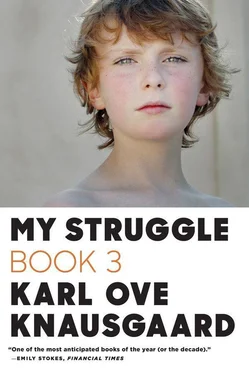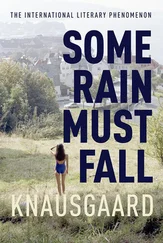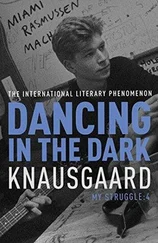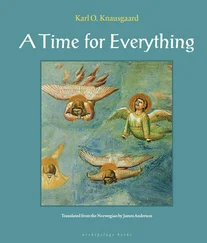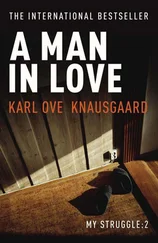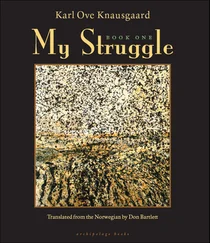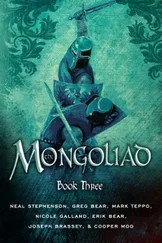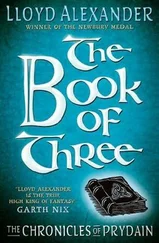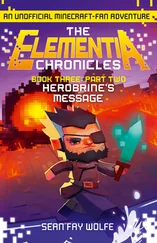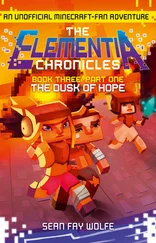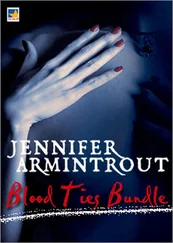In the back room the assistant put the newspaper down, came into the shop, and stood behind the counter with a bored, even slightly disdainful expression on her face. She was old and repulsive; there were three long, gray hairs growing out of a mole on her chin.
The whole of one wall was covered with pipes and pipe cleaners, cigarette rolling machines and papers, tobacco pouches and cigarette packets, cigar boxes and snuff tins of various shapes and colors, all with different writing and small, stylized images of dogs, foxes, horses, sailing ships, racing cars, black men smiling, sailors smoking, and women in casual poses. The candy shelf, which we were both looking at now, covered the whole of the second wall. Unlike the tobacco products, the candy had no packaging; chocolates, hard candies, and gumdrops were in transparent plastic jars and represented themselves, with no pictures between them and us: what you saw was what you got. The black ones tasted of salt or licorice, the yellow ones of lemon, the orange ones of orange, the red ones of strawberry, the brown ones of chocolate. The small, square pieces of chocolate with the hard surfaces, called Rekrutts, were filled with hard caramel, just as the promised shape; the heart-shaped chocolates, for their part, were filled with a soft, jelly-like mass tasting of apricot, also as expected. The color codes applied to the candies and the gumdrops, with a few exceptions, which on these evenings we tried to narrow down. Some black candies could taste dark green while some dark-green ones tasted green in a throat pastille or eucalyptus kind of way — in other words lighter — and not a sweet-type green, which you would imagine from the color. And then there were the black candies that actually tasted like the King of Denmark aniseed candies, an orangey brown. The strange thing was that it was never the other way around, there were no orangey-brown King of Denmark candies that tasted black, nor had we ever come across any eucalyptus-green candies that tasted like sweet green or black ones.
“What would you like?” the assistant said.
Geir had put the money he would spend on the glass counter and leaned forward to see the range of candies better, the signs of time pressure evident on his face.
“Errr …,” he said.
“Hurry up!” I said.
Then it all came out in a rush.
“Three of those, three of those, and three of those, and four of those and one of those and one of those,” he said, pointing to the various jars.
“Three of …?” the assistant said, opening an empty paper bag and turning to the stand.
“The green ones. Oh, make that four. And then three of the red and white ones. You know, polka d … and then five babies’ dummies …
When we emerged from the shop, each with a small bag in hand, there were just four minutes to go before the bus left. But that was enough time, we told each other, running down the stairs. The steps, covered with hard-trodden snow and ice, were slippery, so we had to hold on to the banisters, which was at odds with the speed we were after. Beneath us lay the town, the white streets appearing almost yellow in the reflection from the lamps, the bus station, where the buses skidded in and out like sleds in the snow, and the tall church with the red tiles and green spire. The black sky arched above everything, strewn with twinkling stars. When there were only ten to fifteen steps left Geir let go of the banister and set off at a sprint. After a couple of strides he lost balance and his only chance to stay upright was to run as fast as he could. He swept down the hill at a blistering pace. Then he changed tactics and decided to slide instead, but his upper body had more momentum, he was pitched forward and plunged headlong into the drift beside the road. It had all happened so fast that I didn’t start laughing until he was lying in the snow.
“Ha ha ha!”
He didn’t move.
Was he seriously hurt?
I walked as briskly as I could over the last stretch and stopped beside him. At first he drew breath in short, sob-like bursts. Then came a long, hollow groan.
“ Shit ,” he whispered, holding his chest. “Shit. Shit. Shit.”
“I wish you wouldn’t swear,” I said.
He sent me a brief, withering glare.
“Did you hurt yourself?” I said.
He groaned again.
“Did it knock the breath out of you?”
He nodded and sat up and started breathing normally again. He had tears in his eyes.
“We’ve missed the bus now anyway,” I said.
“It knocked the breath out of me,” he said. “I’m not crying.”
He held his side as he struggled to his feet with a grimace.
“Can you walk?” I asked.
“Yep,” he said.
From the entrance of the Arena Shopping Center we saw our bus depart, turn onto the road, and disappear around the street corner. The next bus would be in half an hour.
We sat down inside the bus station, on a bench beside a photo machine, and ate our candy. There weren’t many people around. Two youths buying hamburgers and fries while their car idled outside, a drunk sitting on the floor with his head down, asleep, and a friend of the girl working in the kiosk.
Geir put one of the red-and-white candies in his mouth.
“What color does it taste like?” I said.
He looked at me with raised eyebrows.
“Red and white, of course!” he said. “It was a red-and-white candy.”
“It doesn’t necessarily follow,” I said. “Suppose I ate it and it tasted green.”
“What are you talking about now?” he said.
“Suppose it tasted of jam, for example,” I said.
“Jam?”
“Don’t you understand anything?” I said. “We can’t know if a piece of candy tastes the same as the color!”
But he didn’t understand. I wasn’t absolutely sure I even understood myself. But Dag Lothar and I had once put a piece of candy shaped like a black bolt in our mouths, exchanged glances, and said, both at the same time, it tastes green ! And later that autumn we’d had visitors, Grandma, Grandad, Gunnar, Dad’s uncle Alf, and his wife Sølvi had been staying at our house, we ate shrimp, crab, and a lobster, which Dad had caught in the net only a few days before, and while we were eating Sølvi looked at Dad and said:
“Imagine you catching this lobster yourself. It tasted delicious. ”
“It really was delicious,” Grandma said.
“Nothing tastes as good as lobster,” Dad said. “But we can’t know if it tastes the same for all of us.”
Sølvi stared at him.
“What do you mean by that?”
“I know how it tastes to me,” Dad said. “But I have no idea how it tastes to you.”
“It tastes of lobster, of course!” Sølvi said.
Everyone laughed.
I didn’t understand what they were laughing about. What they said was right. But I laughed, too.
“But how can you know that lobster tastes the same to me as it does to you?” Dad asked. “For all you know, it could taste like jam to me.”
Sølvi was about to say something, but held back, looking down at the lobster, then up at Dad. She shook her head.
“I don’t understand,” she said. “The lobster’s there. And it tastes of lobster. Not jam!”
The others laughed again. I knew Dad was right, but I didn’t know exactly why. For a long time I sat musing. It was as if I was constantly on the point of understanding, but then as I was beginning to comprehend, it slipped from my grasp. The thought was too big for me.
But it had been even bigger for Geir, I remembered, and looked up as the door opened. It was Stig. His face lit up when he saw us and came over.
“Hi,” he said.
“Hi,” Geir said.
“Hi,” I said.
“Missed the bus?” he said, sitting down beside us. Geir nodded.
Читать дальше
